Crafting Beautiful Planters from Tree Branches
Have you ever looked at a tree branch and thought, "This could be something beautiful?" Well, you're not alone! The art of transforming ordinary tree branches into stunning planters is not just a creative endeavor; it’s an exciting journey into sustainability and self-expression. Imagine the satisfaction of crafting a unique piece that not only enhances your garden but also tells a story of nature's beauty. In this article, we’ll explore the entire process, from choosing the right branches to planting your favorite blooms. So, grab your tools and let’s get started on this delightful adventure!
When it comes to crafting planters, selecting the ideal tree branches is crucial. Not all wood is created equal; some types are sturdier and more aesthetically pleasing than others. For instance, hardwoods like oak and maple are fantastic choices due to their durability and resistance to rot. On the other hand, softer woods like pine can be more susceptible to decay, which might not be ideal for outdoor planters.
To assess the suitability of a branch, consider the following:
- Condition: Look for branches that are free of cracks, pests, and rot.
- Size: Ensure the branch is thick enough to hold soil and plants without bending.
- Shape: Choose branches with interesting shapes to add character to your planter.
By paying attention to these factors, you can ensure your planter will not only be beautiful but also functional and long-lasting.
Before diving into your planter project, it's essential to gather all the necessary tools and materials. Having everything on hand will make the crafting experience smoother and more enjoyable. Here’s a quick rundown of what you’ll need:
- Cutting Tools: Hand saws or power saws for shaping your branches.
- Adhesives: Strong wood glue or epoxy to bond pieces together.
- Protective Gear: Safety glasses and gloves to keep you safe while working.
Choosing the right cutting tools is vital for shaping your branches effectively. A variety of options are available, each with its unique advantages. Let's explore some of the most common tools:
Hand saws are versatile and easy to use, making them a great choice for cutting branches. They allow for more control and precision, especially for intricate designs. When selecting a hand saw, consider the tooth count; a higher tooth count will provide smoother cuts.
If you’re looking to speed up the cutting process, power saws are the way to go. They can cut through branches quickly and provide cleaner cuts, reducing the time spent on shaping. Popular options include jigsaws and circular saws, each offering different benefits depending on your project needs.
Choosing the right adhesives and finishes is vital for ensuring the durability and aesthetics of your planters. Strong adhesives like wood glue or epoxy will securely bond your materials, while finishes like varnish or outdoor sealant will protect your planters from the elements. Not only do these finishes enhance the wood's natural beauty, but they also extend the life of your creations.
The design of your planter can greatly influence its visual appeal. When crafting, consider the style that resonates with you. Are you drawn to rustic charm or sleek modernity? Each style offers unique features that can transform your planter into a statement piece.
Rustic planters often feature natural imperfections, showcasing the raw beauty of the wood. Think of rough edges, uneven surfaces, and organic shapes. On the other hand, modern designs lean towards clean lines and minimalistic aesthetics. By understanding the key features of both styles, you can mix and match elements to create a planter that reflects your personal taste.
Enhancing your planter with natural elements can elevate its organic feel. Consider integrating stones, moss, or even twigs into your design. These materials not only add texture but also create a harmonious connection with nature. Imagine a planter adorned with moss that gently cushions the soil, or one that features smooth river stones for a touch of elegance.
Choosing the right plants for your tree branch planters is essential for creating a thriving garden. Not all plants thrive in planters, so it’s important to consider their light, water, and space requirements. For instance, succulents and herbs are great choices for smaller planters, while larger varieties like ferns or flowering plants can fill bigger spaces beautifully.
Some popular choices for planters include:
- Succulents: Low-maintenance and drought-resistant.
- Herbs: Useful in the kitchen and fragrant in the garden.
- Ferns: Lush and vibrant, perfect for shaded areas.
Understanding seasonal planting can maximize the beauty of your planters throughout the year. For spring, consider vibrant blooms like petunias or marigolds. In summer, opt for heat-tolerant plants like zinnias. Autumn brings a chance to showcase chrysanthemums, while winter can be brightened with evergreens or ornamental cabbages.
Q: Can I use any type of branch for my planter?
A: Not all branches are suitable; choose sturdy hardwoods for better durability.
Q: How do I ensure my planter lasts outdoors?
A: Use protective finishes and choose quality adhesives to withstand the elements.
Q: What plants are best for low-light conditions?
A: Consider ferns, snake plants, or pothos for areas with limited sunlight.
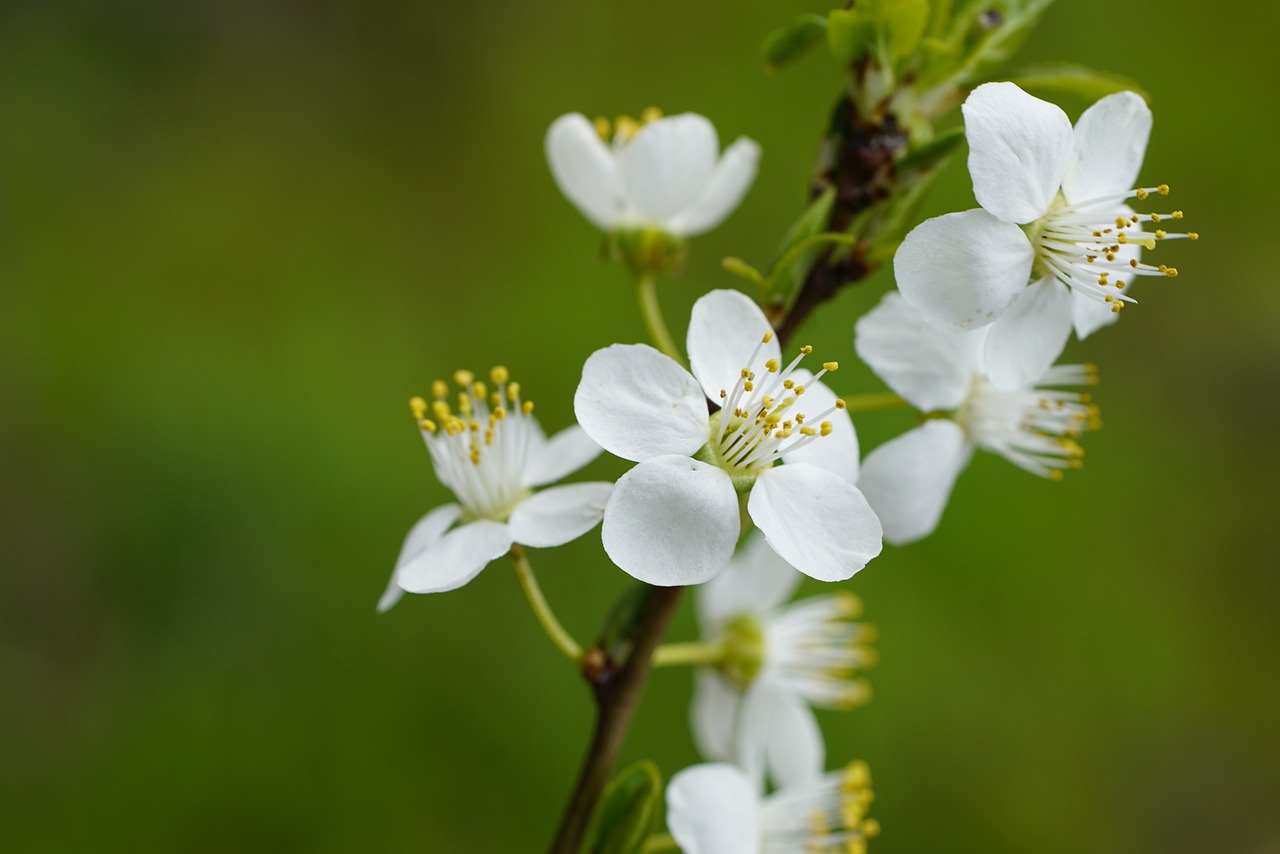
Choosing the Right Branches
When it comes to crafting beautiful planters from tree branches, the first step is selecting the right branches. This choice is crucial, as it will determine not only the sturdiness of your planter but also its overall aesthetic appeal. You want branches that are not only visually pleasing but also durable enough to hold soil and plants without breaking under pressure. So, how do you know which branches are best suited for your project? Let's dive into some tips and tricks!
First and foremost, consider the type of wood you’re working with. Some of the best choices for crafting planters include:
- Birch: Known for its beautiful bark and flexibility, birch is a fantastic choice for rustic planters.
- Pine: Lightweight and easy to work with, pine offers a lovely natural color and can be shaped easily.
- Maple: With a sturdy structure, maple branches can provide excellent support for larger planters.
- Willow: Its pliable branches are great for creating intricate designs and adding a unique touch.
When assessing branches, look for those that are free from rot and pests. A quick inspection can save you from future headaches. Check for any soft spots or signs of insect infestation; these can compromise the integrity of your planter. Ideally, you want to choose branches that feel solid and are free from cracks.
Another important factor to consider is the diameter of the branches. Thicker branches provide more stability, while thinner ones can create delicate designs. However, balance is key; if you choose branches that are too thin, they may not support the weight of the soil and plants. A good rule of thumb is to select branches that are at least 1-2 inches in diameter for small planters.
Once you have your branches, it’s time to think about the length. Longer branches can be cut down to size, but if you start with branches that are too short, you may limit your design options. Aim for branches that are at least 2 feet long, allowing you to create a variety of shapes and sizes for your planters.
Finally, don’t forget about the season in which you collect your branches. Late winter or early spring is often the best time to gather branches, as many trees are still dormant and the wood is less likely to be brittle. Plus, you’ll have a fresh supply of materials just in time for planting season!
In summary, choosing the right branches is a blend of art and science. By considering the type of wood, checking for rot, assessing diameter and length, and timing your collection, you can set yourself up for success in your planter crafting journey. Now that you know how to choose the perfect branches, let’s move on to the tools and materials you’ll need to bring your vision to life!
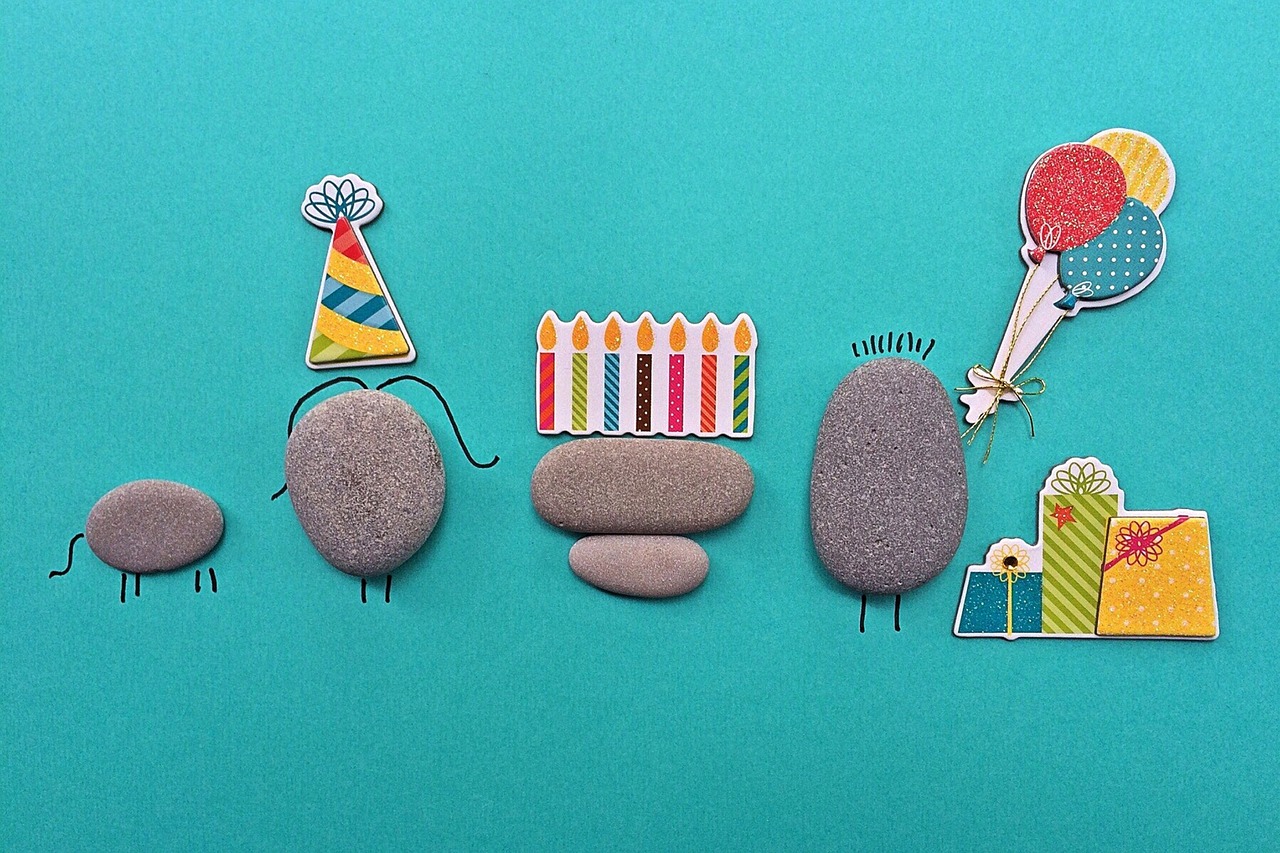
Tools and Materials Needed
Before diving into the exciting world of crafting beautiful planters from tree branches, it's essential to gather the right tools and materials. Having the appropriate items on hand not only makes the process smoother but also ensures that your creations are both stunning and durable. So, what do you need? Let's break it down!
First and foremost, you'll require some cutting tools. These are crucial for shaping your branches into the perfect planter form. Depending on the size and thickness of the branches, you might choose between hand saws and power saws. Hand saws are fantastic for smaller branches and provide you with more control, while power saws can quickly tackle larger pieces, saving you time and effort. Remember, safety is key—always wear protective gear, such as gloves and goggles, when using any cutting tools.
When it comes to cutting tools, here’s a quick overview:
| Tool Type | Best For | Notes |
|---|---|---|
| Hand Saw | Smaller branches | Offers precision and control |
| Power Saw | Larger branches | Faster and cleaner cuts |
Next, you'll need adhesives and finishes. These materials are vital for holding your planter together and protecting it from the elements. Look for waterproof wood glue or epoxy to ensure a strong bond. Once your planter is assembled, applying a weather-resistant finish will help prolong its lifespan, keeping it looking fresh and vibrant through rain or shine.
Additionally, don’t forget about the decorative elements. These can include moss, stones, or even paint to give your planter a unique flair. Integrating these materials not only enhances the aesthetic appeal but also connects your planter to the natural environment, making it a true piece of art.
In summary, assembling the right tools and materials is the first step toward creating your stunning tree branch planters. With the right cutting tools, durable adhesives, and creative decorative elements, you’ll be well on your way to crafting beautiful, sustainable planters that will be the envy of your gardening friends!
- What types of wood are best for crafting planters? Look for hardwoods like oak or maple for durability, or softwoods like pine for easier cutting.
- Can I use treated wood for planters? It's best to avoid treated wood as it may leach chemicals into the soil. Stick to untreated, natural wood.
- How can I ensure my planter lasts through the seasons? Use weather-resistant finishes and ensure proper drainage to help your planter withstand the elements.

Basic Cutting Tools
When it comes to crafting beautiful planters from tree branches, having the right cutting tools is essential. You might be wondering, "What tools do I need to get started?" Well, fear not! Whether you're a seasoned DIYer or a curious beginner, the following tools will help you shape those branches into stunning planters that will be the envy of your gardening friends.
First on the list is the humble hand saw. This tool is a classic for a reason! Hand saws are versatile and easy to maneuver, making them perfect for cutting through various sizes of branches. When selecting a hand saw, look for one with a comfortable grip and a blade that suits the thickness of the branches you plan to use. Remember, a sharp blade is your best friend; it makes cutting smoother and safer!
If you’re looking to speed up your process, consider investing in a power saw. These tools can significantly cut down on time and effort, providing cleaner cuts with less manual labor. There are several types of power saws available, such as circular saws and reciprocating saws. Each has its advantages, so choose one based on your comfort level and the specific needs of your project. Just be sure to read the manual and follow safety precautions to avoid any accidents!
Now, while cutting is crucial, don’t forget about adhesives! Once you’ve shaped your branches, you’ll want to bond them securely. A strong wood glue or epoxy can work wonders in keeping your planter intact. Additionally, consider finishing your planter with a protective coat to shield it from the elements. This can be achieved with outdoor sealants or varnishes that enhance the wood’s natural beauty while ensuring durability.
In summary, the right cutting tools not only make your crafting experience smoother but also enhance the final product. Here’s a quick overview of the essential cutting tools:
| Tool Type | Use | Benefits |
|---|---|---|
| Hand Saw | Cutting branches manually | Versatile and easy to handle |
| Power Saw | Speedy cutting of thicker branches | Cleaner cuts with less effort |
So, as you embark on your planter-making journey, remember that the right tools can make all the difference. Equip yourself with these basic cutting tools, and you’ll be well on your way to creating eye-catching planters that not only beautify your space but also showcase your creativity and resourcefulness!
1. What type of wood is best for crafting planters?
Hardwoods, such as oak or maple, are durable and aesthetically pleasing, while softwoods like pine can be easier to work with.
2. Can I use treated wood for planters?
It's best to avoid treated wood as it may contain chemicals that could leach into the soil and harm your plants.
3. How do I ensure my planters last outdoors?
Applying a protective sealant and choosing the right materials will help extend the life of your planters.
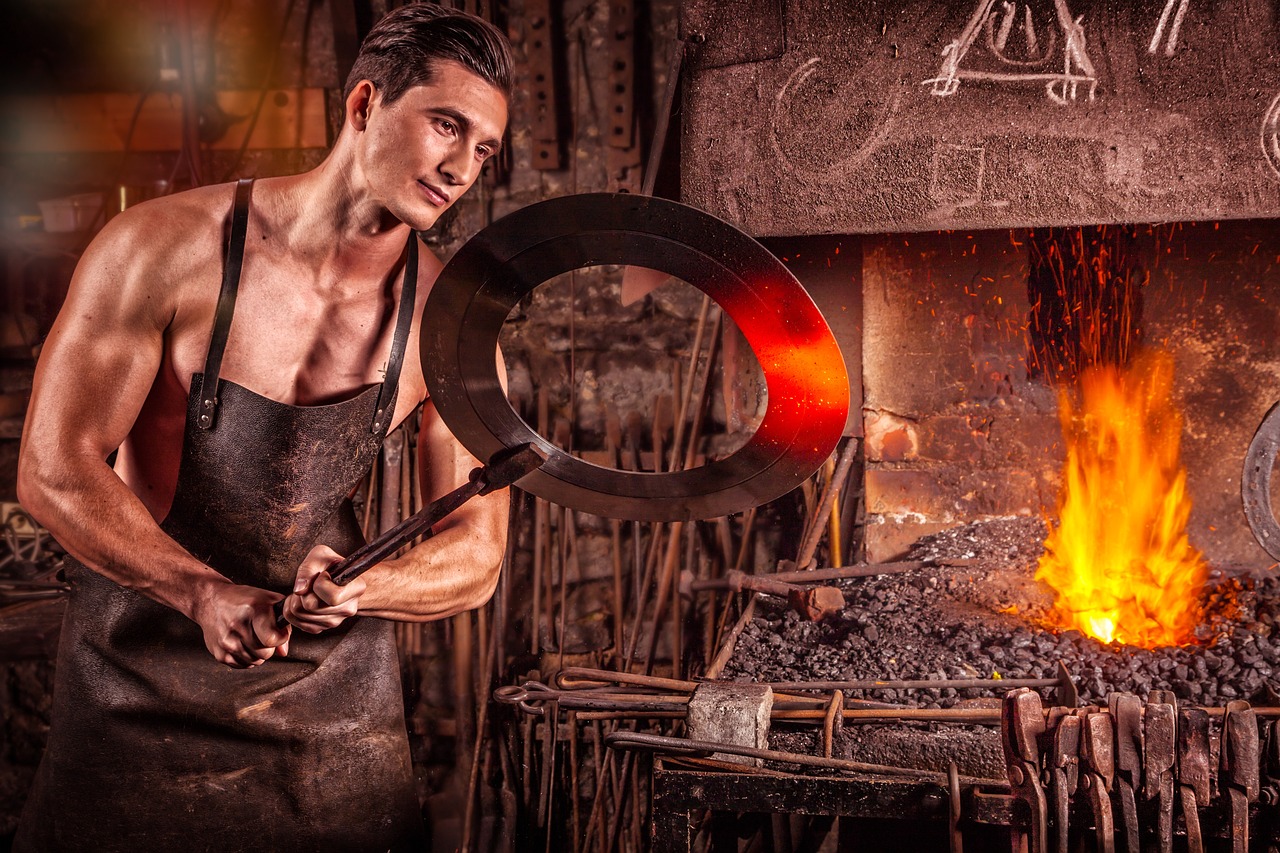
Hand Saws
When it comes to crafting beautiful planters from tree branches, are your trusty companions. These tools provide the precision and control needed to make clean cuts, allowing you to shape your branches just the way you envision. Whether you’re a seasoned DIY enthusiast or a beginner, understanding the different types of hand saws can significantly enhance your crafting experience.
One of the most popular types of hand saws is the crosscut saw. This saw features teeth designed to cut across the grain of the wood, making it ideal for trimming branches to the desired length. If your project involves making intricate cuts or curves, a coping saw is a fantastic choice. Its thin blade allows for detailed work, enabling you to create unique planter shapes that stand out in your garden.
Another excellent option is the bow saw, particularly useful for cutting larger branches. With its long blade and sturdy frame, the bow saw can tackle thicker wood with ease, making it a favorite among those who work with more substantial branches. However, remember that using a hand saw requires some practice. It's essential to maintain a steady hand and follow through with smooth, even strokes to achieve the best results.
Safety is paramount when using hand saws. Always wear protective gear, such as goggles and gloves, to shield yourself from wood splinters and debris. Additionally, ensure you have a stable work surface to prevent the wood from slipping while you cut. If you’re unsure about your cutting technique, consider practicing on scrap wood first. This way, you can build your confidence and get comfortable with the tool before moving on to your beautiful branches.
In summary, hand saws are invaluable tools for crafting planters. They offer the precision needed for intricate designs and the power to handle larger branches. By choosing the right saw for your project and practicing safe cutting techniques, you'll be well on your way to creating stunning planters that showcase your creativity and commitment to sustainability.
- What type of hand saw should I use for small branches? A coping saw is ideal for small branches and intricate cuts.
- How do I ensure my cuts are straight? Use a straight edge as a guide and take your time to maintain an even stroke.
- Is it necessary to wear protective gear while using hand saws? Yes, wearing goggles and gloves is essential for safety.

Power Saws
When it comes to crafting beautiful planters from tree branches, can be your best friend. These tools not only speed up the cutting process but also provide cleaner, more precise cuts compared to manual saws. If you’re diving into the world of woodworking for your gardening projects, understanding the different types of power saws available will empower you to choose the right one for your needs.
Power saws come in various forms, each designed for specific tasks. For instance, a circular saw is fantastic for making straight cuts through thicker branches, while a jigsaw allows for intricate curves and shapes, perfect for creating unique planter designs. If you're looking to tackle larger branches, a chainsaw might be necessary, but it requires a bit more skill and safety precautions. Here’s a quick breakdown of some common power saws and their advantages:
| Type of Power Saw | Advantages |
|---|---|
| Circular Saw | Ideal for straight cuts on thicker wood; versatile for various woodworking projects. |
| Jigsaw | Perfect for curved cuts; great for creating intricate designs. |
| Chainsaw | Efficient for cutting large branches; powerful but requires careful handling. |
While power saws can make your crafting experience smoother, it’s crucial to prioritize safety. Always wear protective gear, including goggles and ear protection, when operating these tools. Additionally, ensure that your workspace is clear of any obstructions to avoid accidents. Familiarize yourself with the user manual of your saw to understand its features and safe operating procedures.
In conclusion, investing in the right power saw can significantly enhance your ability to craft stunning planters from tree branches. Whether you opt for a circular saw for straight cuts or a jigsaw for creative shapes, these tools will not only save you time but also help you achieve a professional finish. So, gear up, stay safe, and let your creativity flow!
- What type of power saw is best for beginners? A jigsaw is often recommended for beginners due to its versatility and ease of use.
- Can I use a chainsaw for small branches? While a chainsaw can handle small branches, it’s typically overkill; a hand saw or a smaller saw is usually sufficient.
- What safety gear do I need when using power saws? Essential safety gear includes goggles, ear protection, and gloves to protect against injuries.
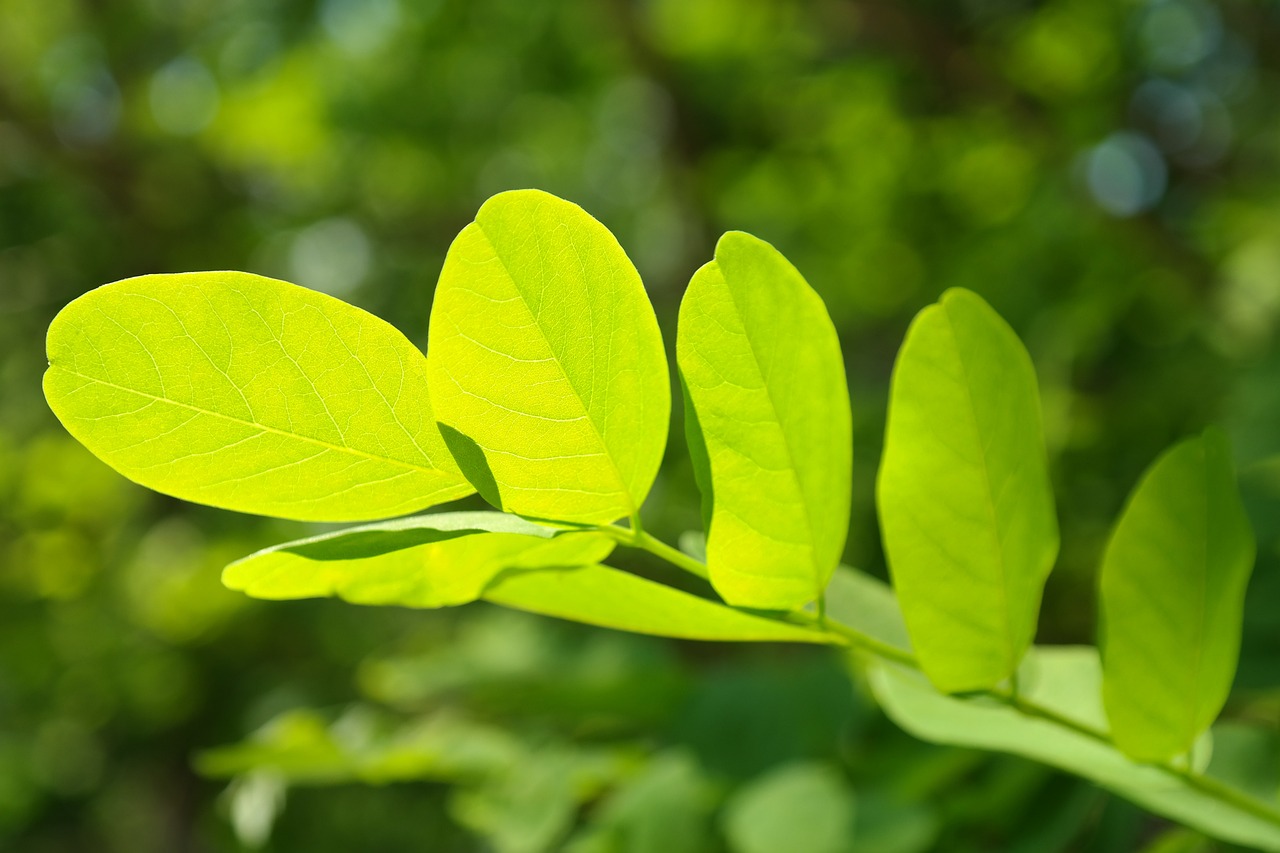
Adhesives and Finishes
When it comes to crafting beautiful planters from tree branches, choosing the right adhesives and finishes is essential for ensuring both durability and aesthetic appeal. After all, you want your masterpiece to withstand the elements while looking stunning in your garden. So, what options do you have? Let's dive into the world of adhesives and finishes!
First off, adhesives play a crucial role in holding your planter together. You want something that can bond wood effectively, especially if your design includes multiple branches or intricate shapes. Wood glue is a popular choice because it creates a strong bond as it dries, making it ideal for indoor and outdoor use. However, if your planter will be exposed to moisture, consider using a waterproof wood glue to prevent any separation over time.
Another option is epoxy resin, which provides a robust bond and is resistant to water and temperature changes. This makes it perfect for outdoor planters that need to withstand the elements. Just keep in mind that epoxy can be a bit tricky to work with, so make sure to follow the instructions carefully for the best results.
Now, let’s talk about finishes. A good finish not only enhances the beauty of your planter but also protects it from the harsh outdoor environment. A popular choice is wood stain, which can add depth and character to your branches while highlighting their natural grain. If you prefer a more polished look, you might opt for a clear varnish or polyurethane finish. These options create a protective layer that guards against moisture and UV rays, ensuring your planter remains vibrant and intact.
It's also essential to consider the environmental impact of your choices. Many brands offer eco-friendly adhesives and finishes that are free from harmful chemicals, making them safer for both you and the environment. Look for products labeled as non-toxic or water-based, which are often less harmful than traditional options.
In summary, the right adhesives and finishes can elevate your tree branch planters from simple to spectacular. Whether you choose wood glue for its strong bond, epoxy for its durability, or eco-friendly products for their safety, your choices will significantly impact the longevity and beauty of your creations. So, gather your materials, get creative, and let your planters shine!
- What type of adhesive is best for outdoor planters?
For outdoor planters, waterproof wood glue or epoxy resin is recommended to withstand moisture and temperature changes. - Can I use regular paint as a finish on my planters?
Regular paint may not provide the necessary protection against the elements. It's better to use wood stains or clear varnishes designed for outdoor use. - Are there eco-friendly options for adhesives and finishes?
Yes, many brands offer eco-friendly, non-toxic adhesives and finishes that are safer for the environment.
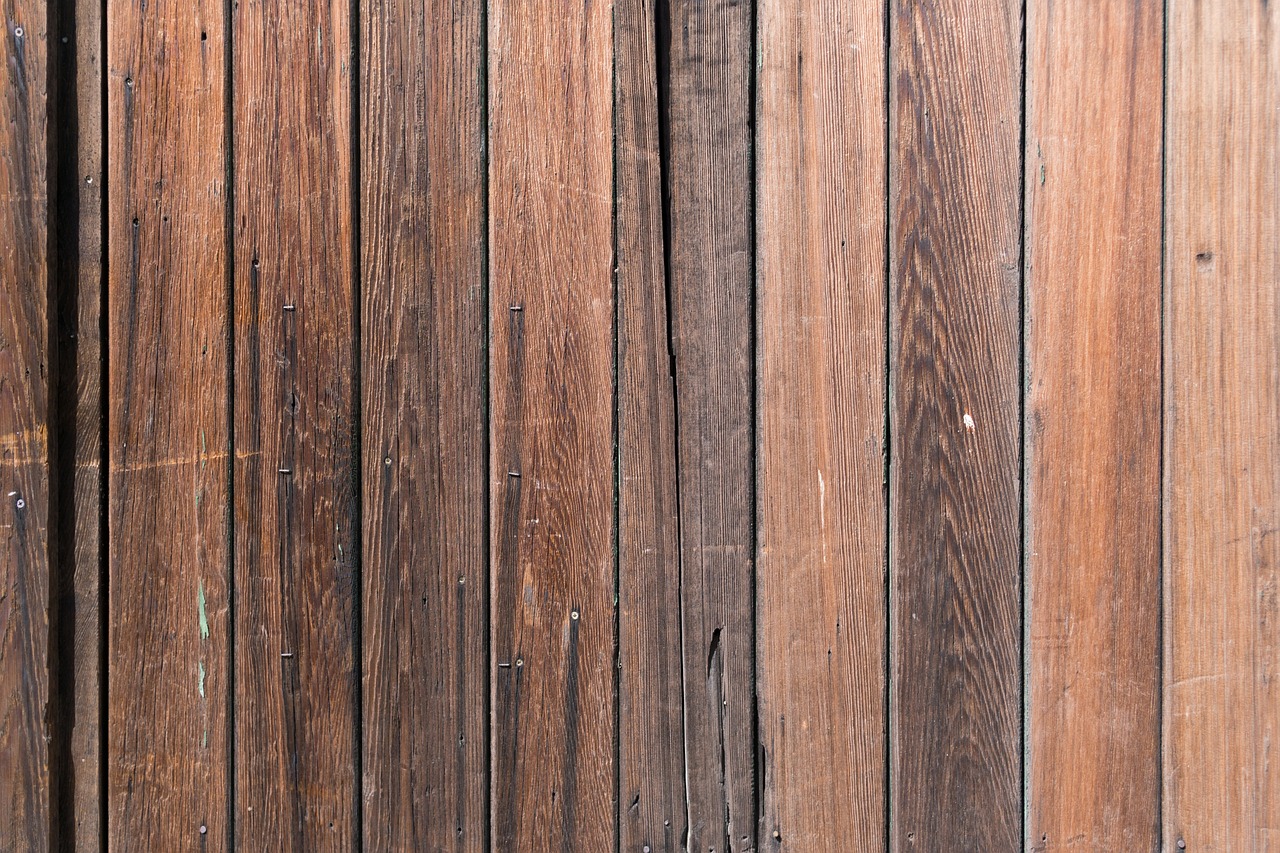
Designing Your Planter
When it comes to , the possibilities are as vast as your imagination! The planter you create not only serves a functional purpose but also acts as a statement piece in your garden or home. Think of it as a canvas where nature meets creativity. Whether you're aiming for a rustic charm or a sleek modern look, the design choices you make can dramatically influence the overall aesthetic. So, how do you decide on the perfect design? Let's dive into some inspiring ideas and styles that can spark your creativity!
First, consider the style that resonates with you. Are you drawn to the warmth of rustic designs, with their natural imperfections and organic feel? Or do you prefer the clean lines and minimalism of modern styles? Each approach has its unique characteristics:
- Rustic Planters: Often made from reclaimed wood, these planters celebrate the beauty of nature. Look for branches with knots, rough textures, and uneven surfaces to enhance their natural appeal.
- Modern Planters: These designs focus on simplicity and elegance. Think straight lines and smooth finishes, possibly incorporating geometric shapes to create a striking contrast against the organic forms of your plants.
Now, let’s talk about how to incorporate natural elements into your planter design. Adding stones, moss, or even driftwood can elevate your planter from ordinary to extraordinary. Imagine a planter where the branches are intertwined with vibrant moss, creating a lush, green effect. Or consider placing smooth river stones at the base for a chic, polished look. These elements not only enhance beauty but also provide texture and depth, making your planter a true work of art.
Another exciting aspect of designing your planter is the size and shape you choose. A tall, cylindrical planter can make a dramatic statement, while a wide, shallow planter might be perfect for a variety of smaller plants. Don't be afraid to mix and match sizes and shapes to create visual interest. For instance, a cluster of different-sized planters can add layers to your garden space, drawing the eye and inviting exploration.
As you embark on your crafting journey, remember that the functionality of your planter is just as important as its design. Ensure that your planter has proper drainage to keep your plants happy and healthy. You might consider drilling small holes in the bottom or using a layer of gravel to facilitate water flow. This practical aspect can be seamlessly integrated into your design, allowing for both beauty and functionality.
Finally, don’t forget about the finishing touches. A coat of natural wood finish or a splash of non-toxic paint can protect your planter from the elements while adding a pop of color. Remember, your planter is a reflection of your personality and style, so let your creativity flow!
Q: What materials are best for making tree branch planters?
A: Look for sturdy branches from hardwood trees like oak or maple. They offer durability and aesthetic appeal. Ensure the branches are free from rot or disease.
Q: How do I ensure my planter has proper drainage?
A: You can drill holes at the bottom of your planter or add a layer of gravel to allow excess water to escape, preventing root rot.
Q: Can I use any type of adhesive for my planter?
A: It’s best to use weather-resistant adhesives specifically designed for outdoor use to ensure your planter holds up against the elements.
Q: How do I maintain the beauty of my planter over time?
A: Regularly check for any signs of wear or damage. Reapply finishes as needed and ensure your plants are healthy to keep the planter looking its best.

Rustic vs. Modern Styles
When it comes to crafting planters from tree branches, the choice between rustic and modern styles can significantly influence not only the aesthetics but also the overall vibe of your garden. Think about it: a rustic planter evokes a sense of warmth and nostalgia, reminiscent of simpler times spent outdoors, while a modern planter embodies sleek lines and minimalism, perfect for contemporary spaces. Both styles have their charm, and the beauty lies in understanding how to bring them to life using the natural materials at your disposal.
Rustic planters often feature rough-hewn branches, uneven textures, and an earthy color palette. This style celebrates imperfection, highlighting the unique characteristics of each branch. For instance, you might leave the bark on for a more organic look, or incorporate natural elements like stones and moss to enhance the earthy feel. Imagine a cozy cottage garden where every planter tells a story, each branch a testament to nature's artistry.
On the flip side, modern planters focus on clean lines and a polished finish. Here, you might opt for branches that have been sanded down to a smooth surface, creating a sleek appearance that contrasts beautifully with vibrant plants. The use of geometric shapes and innovative designs can transform simple tree branches into striking focal points in your garden. Picture a chic urban balcony adorned with these stylish planters, where the simplicity of the design allows the plants to take center stage.
To help you visualize the differences, consider the following table that outlines key features of rustic and modern planter styles:
| Feature | Rustic Style | Modern Style |
|---|---|---|
| Texture | Rough, natural | Smooth, polished |
| Color Palette | Earthy tones, greens | Monochrome, bold colors |
| Design Elements | Organic shapes, asymmetry | Geometric shapes, symmetry |
| Plant Integration | Natural elements like stones or moss | Minimalistic, focused on plants |
Ultimately, the choice between rustic and modern styles comes down to your personal taste and the atmosphere you wish to create. Are you drawn to the charm of a cottage garden, or do you prefer the sleek sophistication of a modern aesthetic? Whichever path you choose, remember that your planters are an extension of your personality and creativity. So, let your imagination run wild, and don't be afraid to mix elements from both styles to create a unique masterpiece that reflects who you are!
- Can I mix rustic and modern styles in my garden? Absolutely! Combining elements of both styles can create a unique and personalized look.
- What types of plants work well in rustic planters? Plants with a wild or natural appearance, such as lavender or succulents, complement rustic styles beautifully.
- How do I maintain the finish of my modern planters? Regular cleaning and applying a sealant can help maintain the polished look of modern planters.

Incorporating Natural Elements
When it comes to crafting tree branch planters, can elevate your creations from ordinary to extraordinary. Think of your planter as a canvas, where the branches serve as the frame and the natural elements add the vibrant colors and textures that bring your artistic vision to life. Whether you’re aiming for a rustic charm or a more modern appeal, integrating stones, moss, and other organic materials can create a harmonious balance between nature and your crafted planter.
One of the simplest yet most effective ways to enhance your planters is by using moss. Not only does it provide a lush, green aesthetic, but it also helps retain moisture around the roots of your plants, promoting healthier growth. You can layer moss around the base or intersperse it among your plants for a natural look. Additionally, consider using a variety of moss types, such as sheet moss or reindeer moss, to add depth and interest to your planter.
Another fantastic natural element to incorporate is stones. These can serve multiple purposes: they add visual weight and texture, help with drainage, and can even act as a natural mulch. When selecting stones, look for flat, smooth options that can easily be arranged around the plants. You might create a small rock garden effect by grouping stones of varying sizes and colors, which can serve as a beautiful contrast to the organic shapes of the branches and plants.
To further enhance the beauty of your planter, consider adding wood slices or driftwood. These elements can be used as decorative accents or as functional supports for climbing plants. The natural grain and texture of wood can complement the rustic feel of your branches, creating a cohesive design. You could even use small pieces of driftwood to create a miniature landscape within your planter, making it a conversation starter.
Incorporating these elements not only enhances the visual appeal of your planters but also contributes to the overall health of your plants. For instance, layering materials like stones at the bottom can improve drainage, which is crucial for preventing root rot. Meanwhile, moss can help maintain moisture levels, reducing the frequency of watering needed. This synergy between aesthetics and functionality is what makes incorporating natural elements so rewarding.
Don't shy away from experimenting with different combinations of these natural materials. You might find that a mix of moss, stones, and wood creates a unique aesthetic that reflects your personal style. Remember, the goal is to create a planter that not only houses your plants but also tells a story about your connection to nature. So, go ahead and let your creativity flow!
- What types of moss are best for planters? Sheet moss and reindeer moss are popular choices due to their aesthetic appeal and moisture retention properties.
- How do I ensure proper drainage in my tree branch planter? Use a layer of small stones or gravel at the bottom of your planter to facilitate drainage and prevent water accumulation.
- Can I use artificial elements in my planter? While natural elements are recommended for a more organic feel, incorporating a few artificial elements can add a unique touch if done tastefully.
- How often should I water my planter? The watering frequency depends on the plants you choose and the materials used. Always check the moisture level of the soil before watering.
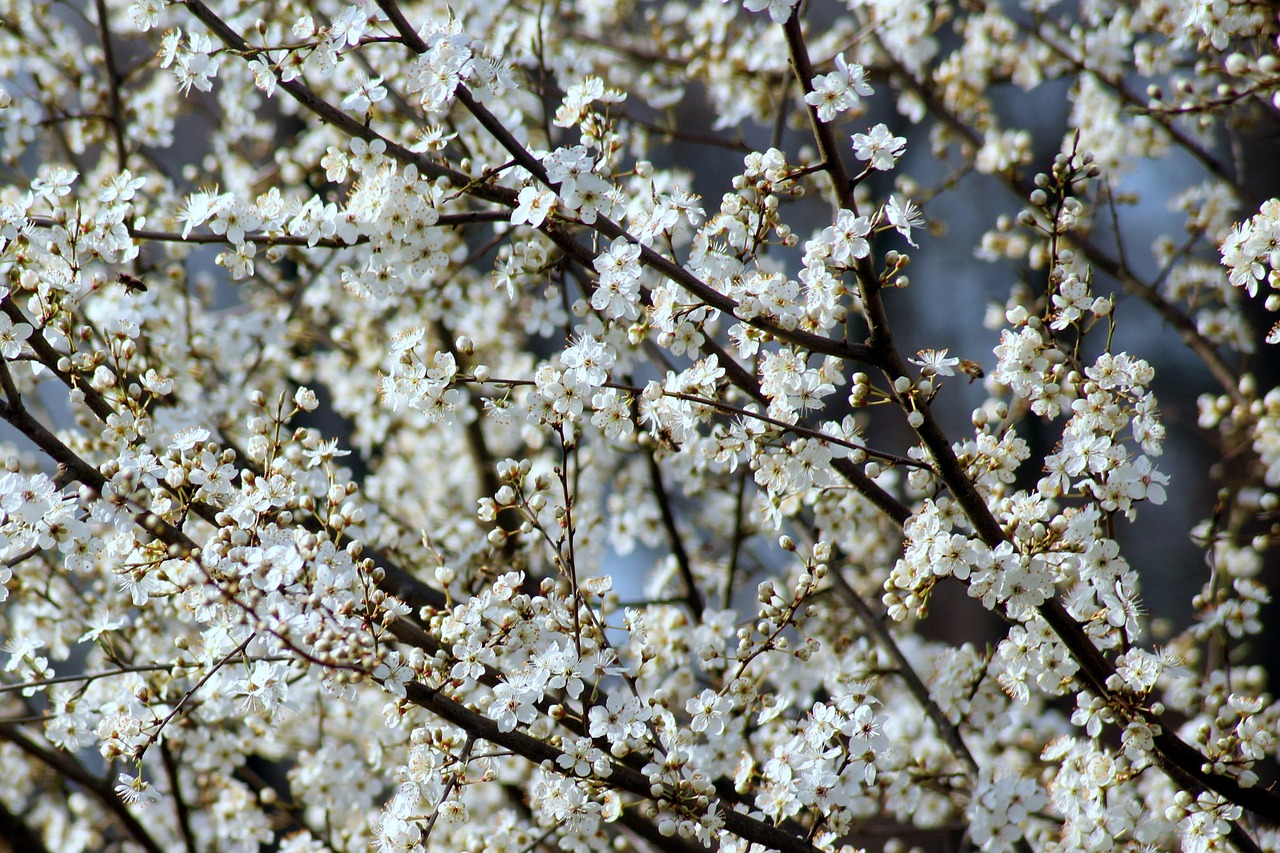
Plant Selection
Choosing the right plants for your tree branch planters is essential for creating a thriving garden that not only looks beautiful but also complements the rustic charm of your handcrafted planters. Just like selecting the perfect ingredients for a gourmet meal, the right plants can elevate your gardening experience to new heights. When selecting plants, consider factors such as light exposure, water requirements, and the overall size of the planter. It’s like matchmaking for your garden; you want to ensure that each plant is compatible with its environment and with each other.
For instance, if your planter will be placed in a sunny spot, you might want to consider sun-loving plants like succulents or herbs. These hardy plants thrive on bright light and can withstand periods of drought, making them ideal for a low-maintenance option. On the other hand, if your planter will be in a shadier area, you might look at ferns or impatiens, which prefer indirect sunlight and can bring a lush, green vibe to your space.
To help you get started, here’s a quick overview of some of the best plants for your tree branch planters:
| Plant Type | Light Requirement | Water Needs |
|---|---|---|
| Succulents | Full Sun | Low |
| Herbs (e.g., Basil, Thyme) | Full Sun | Moderate |
| Ferns | Partial Shade | High |
| Impatiens | Shade | Moderate |
Understanding the seasonal aspects of planting can also make a significant difference in the success of your planters. Different plants have varying peak seasons for growth and blooming. For example, spring is the perfect time to plant vibrant flowers like petunias and marigolds, while late summer is ideal for sowing fall-blooming asters. It’s like orchestrating a symphony; each plant plays its part at the right time to create a harmonious display throughout the year.
Additionally, consider grouping plants with similar needs together. This not only simplifies your watering routine but also creates a visually appealing arrangement. Mixing textures and colors can add depth to your planter, making it a focal point in your garden or patio. Think of it as creating a mini ecosystem where each plant supports the others, enhancing their beauty and health.
In conclusion, selecting the right plants for your tree branch planters is a crucial step in ensuring a flourishing garden. By considering light, water needs, and seasonal planting, you can create stunning arrangements that bring joy and beauty to your outdoor space. So, roll up your sleeves and get ready to dig into the wonderful world of plant selection!
Q: Can I use any type of tree branch for my planter?
A: While most branches can be used, it's best to select sturdy, hardwood branches that can support the weight of the soil and plants.
Q: How often should I water my tree branch planters?
A: Watering frequency depends on the type of plants and the environment. Generally, check the soil moisture regularly and water when it feels dry to the touch.
Q: Can I grow vegetables in my tree branch planters?
A: Absolutely! Just ensure you choose vegetables that have suitable root depth and light requirements for your planter’s location.
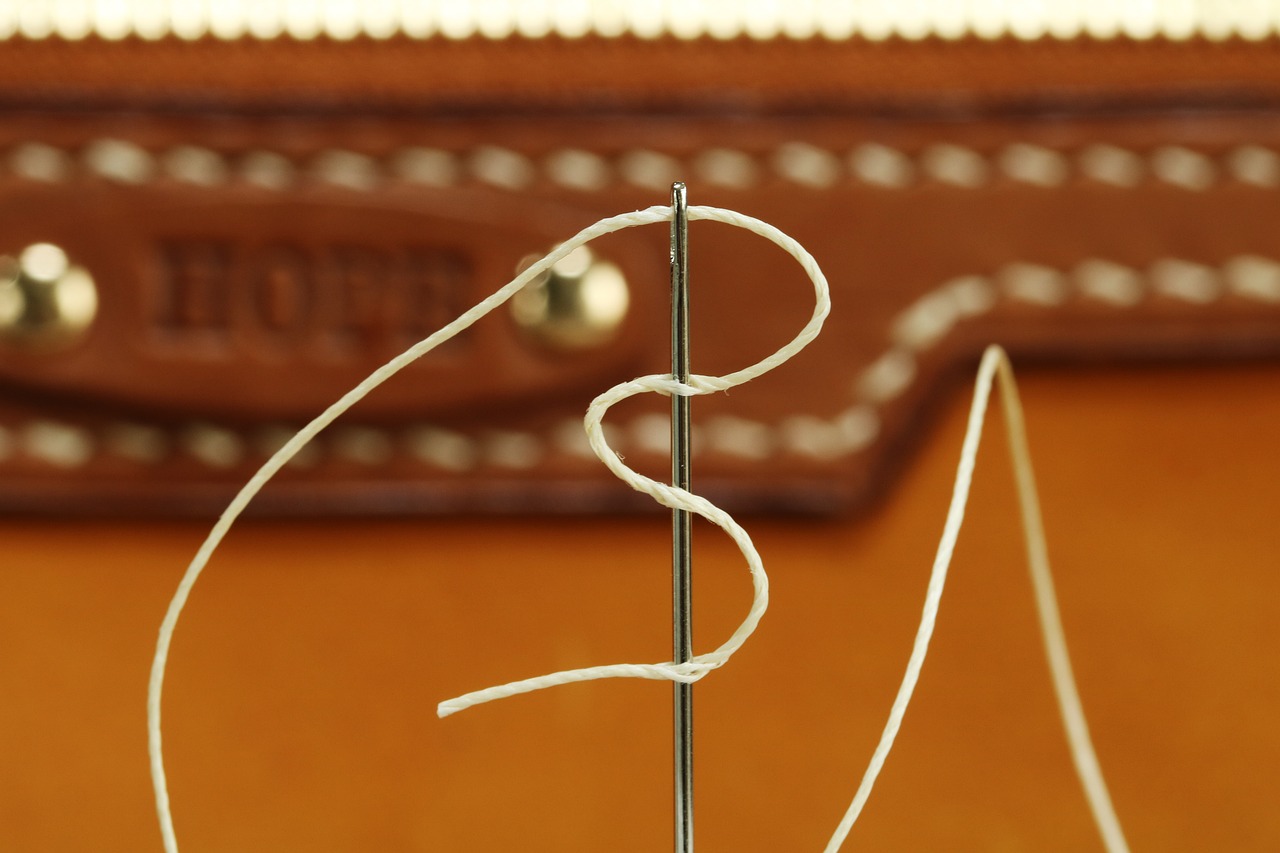
Best Plants for Planters
When it comes to selecting plants for your tree branch planters, the choices can feel overwhelming. However, the right plants can truly elevate the beauty of your creation while ensuring they thrive in their unique environment. It's essential to consider factors such as light requirements, water needs, and space availability when making your selections. For instance, if your planters will be placed in a sunny spot, you might want to opt for sun-loving plants like succulents or petunias, which can flourish under bright conditions.
On the other hand, if your planters will be in partial shade, consider plants such as ferns or impatiens, which thrive in less direct sunlight. It's like choosing the right outfit for the weather; the same goes for plants! You want to ensure they feel comfortable in their new home. Additionally, think about the size of your planters. If they are smaller, you might want to stick to compact plants like miniature roses or herbs, which not only look good but can also be useful in your kitchen.
To help you visualize the best plant options for your planters, here's a quick reference table:
| Plant Type | Light Requirement | Water Needs | Ideal For |
|---|---|---|---|
| Succulents | Full Sun | Low | Sunny Planters |
| Ferns | Partial Shade | Medium | Shaded Areas |
| Petunias | Full Sun | Medium | Colorful Displays |
| Herbs (e.g., Basil) | Full Sun | Medium | Kitchen Planters |
| Impatiens | Partial Shade | Medium | Shaded Areas |
Moreover, seasonal planting can significantly affect your planters' success. For instance, in the spring, you can introduce vibrant annuals to bring color and life, while in the fall, you might consider planting mums or pansies for a seasonal touch. It's all about timing and knowing what works best in your region. Just like a chef knows the right ingredients for a dish, understanding the right plants for your planters will ensure a beautiful, thriving garden.
In summary, the best plants for your tree branch planters will depend largely on their specific needs and the environment they will be in. By considering light, water, and space, you can make informed choices that not only enhance the aesthetic of your planters but also promote healthy growth. So, get creative, experiment with different combinations, and watch your planters transform into stunning pieces of living art!
Q: Can I use any type of plant in my tree branch planters?
A: While you can use various plants, it's best to choose those that suit the light and water conditions of your planters for optimal growth.
Q: How often should I water my plants in branch planters?
A: Watering frequency depends on the type of plants and the climate. Generally, check the soil moisture; if it's dry an inch below the surface, it's time to water.
Q: Can I plant vegetables in my tree branch planters?
A: Yes! Many vegetables, like herbs and small tomatoes, can thrive in planters. Just ensure they have enough space and sunlight.
Q: How do I protect my planters from harsh weather?
A: Use weather-resistant finishes on your planters and consider bringing them indoors during extreme weather conditions.
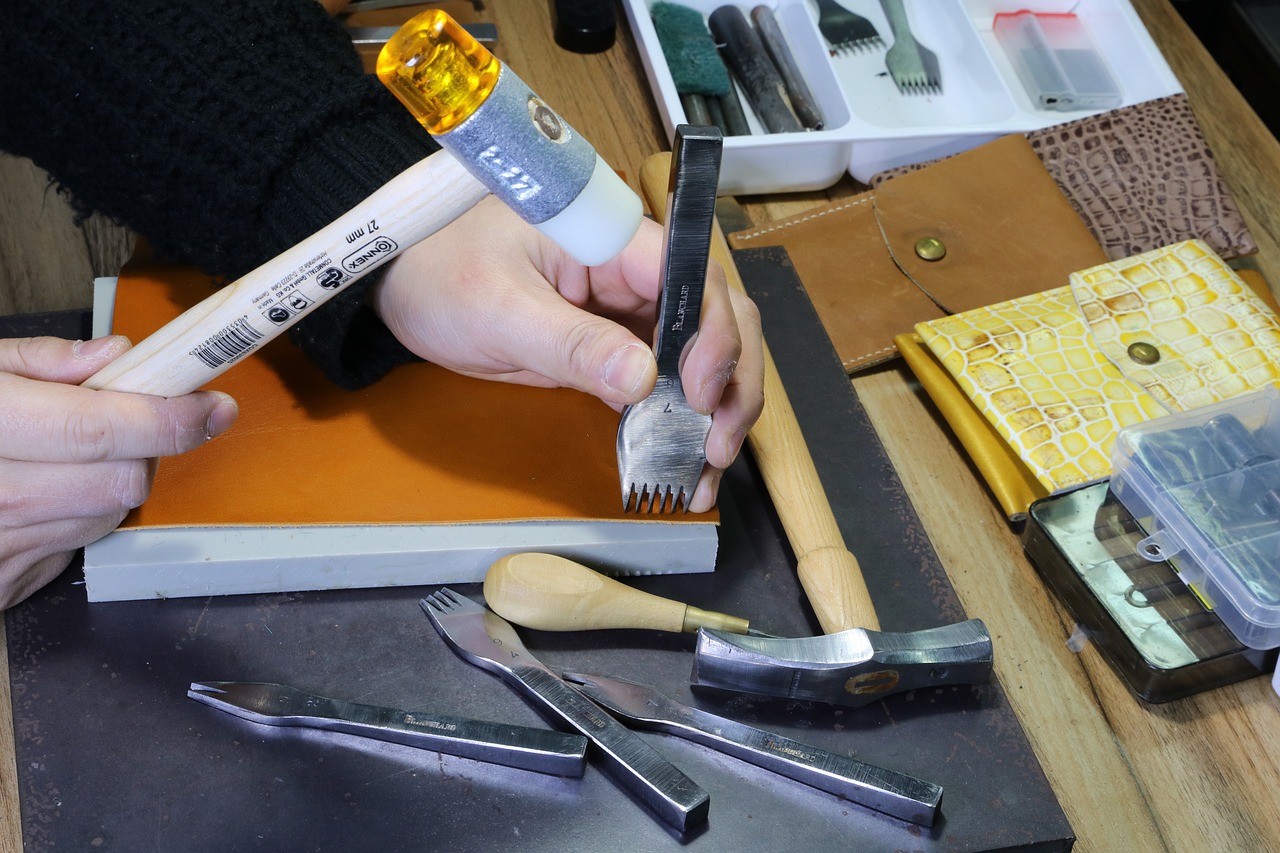
Seasonal Planting Tips
When it comes to gardening, timing is everything! Understanding the seasons can make all the difference in how your tree branch planters thrive. Just like a well-timed dance, planting at the right moment ensures that your plants get the best chance to flourish. So, let’s break it down by season, shall we?
In spring, the world awakens from its winter slumber, and so should your planters. This is the perfect time to introduce vibrant flowers and leafy greens. Think of bright pansies, cheerful daffodils, and even some herbs like basil and cilantro. They love the mild temperatures and can be sown directly into the soil of your branch planters. Remember, spring is all about rejuvenation and new beginnings!
As summer rolls in, the heat can be intense, but it's also the time for those sun-loving plants to shine. Consider adding succulents or cacti to your planters, as they thrive in warm weather and require minimal watering. If you prefer flowers, vibrant marigolds and zinnias can bring a splash of color to your outdoor space. Just make sure to keep an eye on their water needs, as the summer sun can dry them out quickly!
When autumn arrives, it’s time to think about transitioning your planters. This season is perfect for planting chrysanthemums and ornamental kale, which can add a stunning array of colors to your garden. You can also start preparing for winter by planting bulbs like tulips and hyacinths that will bloom come spring. It’s like planting a promise for the future!
Finally, in winter, while it might seem like your planters should be dormant, there are still options! Consider using evergreen plants or even winter-blooming flowers like hellebores. These hardy plants can withstand the chill and provide a splash of life during the gray months. Plus, adding some decorative elements like pine cones or twinkling lights can keep your planters looking festive and inviting.
Here’s a quick reference table to help you remember what to plant in each season:
| Season | Recommended Plants |
|---|---|
| Spring | Pansies, Daffodils, Basil, Cilantro |
| Summer | Succulents, Cacti, Marigolds, Zinnias |
| Autumn | Chrysanthemums, Ornamental Kale, Tulips, Hyacinths |
| Winter | Evergreens, Hellebores, Decorative Elements |
By following these seasonal planting tips, you'll not only enhance the beauty of your tree branch planters but also ensure that your plants thrive throughout the year. Remember, gardening is a journey, and every season brings new opportunities to create something beautiful!
Q: What is the best time to start planting in spring?
A: Generally, late March to early April is a great time to start planting in spring, depending on your climate. Always check the last frost date for your area!
Q: Can I plant vegetables in my branch planters?
A: Absolutely! Many vegetables like lettuce, radishes, and herbs can thrive in planters. Just ensure they have enough space and sunlight.
Q: How do I protect my planters during winter?
A: Consider using mulch to insulate the soil and protect the roots. You can also bring sensitive plants indoors or cover them with frost cloths.
Q: Are there any plants that are not suitable for planters?
A: Yes, large trees or plants with extensive root systems may not be suitable for planters as they require more space and soil than a planter can provide.
Frequently Asked Questions
- What types of tree branches are best for crafting planters?
When it comes to crafting beautiful planters, the best branches are typically those that are sturdy and durable. Hardwoods like oak, maple, or cherry are excellent choices as they offer strength and longevity. Softwoods, such as pine, can also work but may not last as long. Always look for branches that are free from rot and pests to ensure your planter stands the test of time.
- What tools do I need to create a planter from tree branches?
To get started on your planter project, you'll need a few essential tools. Basic cutting tools like hand saws or power saws are crucial for shaping your branches. Additionally, having some strong adhesives and protective gear, like gloves and goggles, will help ensure a safe and successful crafting experience. Don’t forget to have sandpaper on hand to smooth out rough edges!
- How can I design my tree branch planter?
Designing your planter can be as simple or as elaborate as you wish! You can opt for a rustic look by leaving the branches in their natural form or go for a modern style by cutting them into sleek, geometric shapes. Incorporating natural elements like stones, moss, or even twigs can add an organic touch that enhances the overall aesthetic. Let your creativity flow!
- What plants are best suited for planters made from tree branches?
Choosing the right plants is key to a thriving planter. Some of the best options include herbs like basil and thyme, as well as vibrant flowers such as petunias or marigolds. Make sure to consider the light and water requirements of your chosen plants. For instance, succulents thrive in bright light and need minimal watering, making them perfect for planters!
- Are there any seasonal planting tips I should know?
Absolutely! Seasonal planting can maximize the beauty of your planters throughout the year. In spring, consider planting vibrant annuals for a burst of color. Summer is perfect for heat-loving plants, while fall can bring in lovely chrysanthemums. In winter, evergreens or hardy plants can keep your planters looking fresh. Rotate your plants with the seasons for continuous blooms!



















